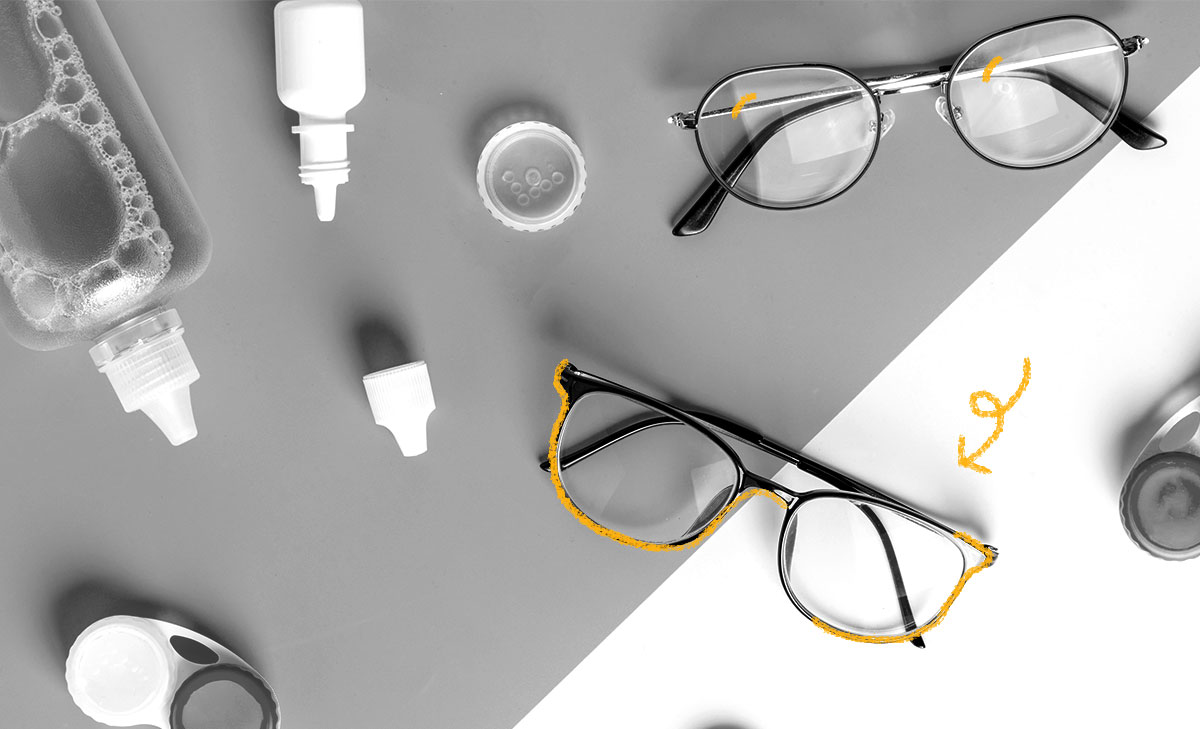Although their inventor is unknown, the first wearable glasses appeared in Italy in the 13th century. Primitive glass-blown lenses were set into wooden or leather frames which would have to be held in front of the face or balanced on one’s nose. At first, these glasses were mostly used by monks, but later they became popular among the wealthy, who could afford them. (This is likely when glasses first picked up their commonly held association with intelligence and prosperity.) In the 1700s, glasses became “hands-free” when temples that extended over the ears were added. Benjamin Franklin invented the bifocal lens, which allowed a person who was both near- and far-sighted to use a single pair of glasses instead of two. For many centuries, glasses were handcrafted and expensive, and therefore not available to working class folk. However, the Industrial Revolution changed all that with the introduction of mass-produced frames and lenses. After that, glasses also became more stylish – especially after plastic was introduced as a frame material. In the 1980s, plastic lenses were introduced – these were more lightweight and less breakable than their glass predecessors. Today, modern technology continues to improve eyeglasses with new materials and enhanced coatings to protect the eyes.

Your go-to guide for weird history facts
Subscribe to the FREE daily email that makes learning about history fun.


